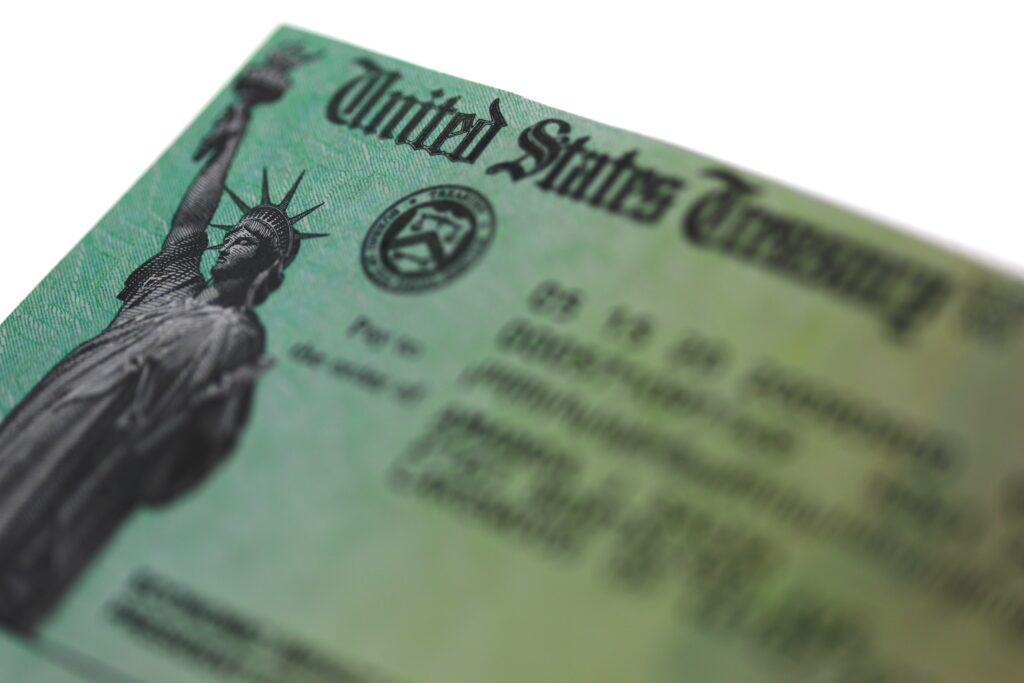
A significant and often overlooked security threat is emerging in the United States as fraudsters exploit vulnerabilities in the mail system. In early 2023, a New Jersey business owner discovered that five U.S. Treasury checks, each exceeding $200,000, had been stolen. This alarming incident underscores a broader issue: the mailbox is becoming a critical breach vector for identity theft, with far-reaching implications for financial institutions.
The business owner, who initially reported the missing checks, later revealed the full extent of the fraud. Not only had the checks vanished, but the criminals had hijacked his personal and business identities, establishing a lookalike company to cash in. In total, the fraudsters managed to steal $2 million, highlighting a trend that is not an isolated case but rather a blueprint for organized crime.
Systemic Vulnerabilities in Mail Security
Since mid-2021, there has been a notable increase in targeted attacks on U.S. Postal Service letter carriers. Criminals are after “arrow keys,” which grant access to thousands of mailboxes and collection points, allowing them to sift through large volumes of mail for checks and sensitive personal information. Stolen checks serve not only as a means for account takeover but also as raw materials for creating stolen identities, business impersonation, and tax refund fraud.
In just three months of 2024, over $485 million in stolen Treasury checks were catalogued and offered for sale online. Each of these checks contains valuable information, including names, addresses, and routing numbers, all of which can contribute to a comprehensive identity theft profile. Financial institutions must recognize that this issue extends beyond mere check fraud; it is a significant identity compromise that affects multiple product lines, including personal accounts and digital lending.
Recent analysis of suspicious activity report data from the Financial Crimes Enforcement Network (Fincen) between January and November 2024 revealed a strong correlation between check fraud and subsequent identity theft incidents. The data showed that more stolen or altered checks reliably predicted increased identity theft, emphasizing the need for financial institutions to treat this issue with the gravity it deserves.
Recommendations for Financial Institutions
To combat this growing threat, fraud teams within banks should consider check theft as an early warning system. By monitoring whether an applicant’s information has surfaced in known fraud markets, institutions can prevent potential account opening fraud. Additionally, identity verification tools need to evolve. Traditional methods can often be circumvented, so high-precision machine learning models should be employed to detect anomalies without creating undue friction in the application process.
Moreover, banks must reassess their small business onboarding procedures. Fraudsters are reinstating dormant limited liability companies (LLCs) with deceptive ownership details to apply for financial products. Conventional checks, such as Employer Identification Number (EIN) validation and Secretary of State records, are proving insufficient. Implementing historical business snapshots and monitoring reinstatement patterns can help identify fraudulent entities masquerading as legitimate businesses.
Engagement with policymakers is crucial as well. While the U.S. Postal Service is attempting to address the issue of arrow key security, and the U.S. Treasury is moving towards digital payment solutions, both systems lack real-time fraud feedback mechanisms. Collaboration between financial institutions, fraud intelligence providers, and public agencies is essential to track the impact of physical data theft on digital fraud.
In 2024, the IRS processed 167.1 million individual income tax returns and issued 105 million refunds, with approximately 20% sent via paper check. If just 5% of these checks are intercepted, over 1 million envelopes could be compromised. Should 6% of those individuals later experience identity theft—a rate consistent with observed data—this would affect more than 63,000 Americans annually. This situation mirrors a mid-sized corporate data breach occurring repeatedly, unnoticed and unaddressed.
The current landscape lacks accountability for identity fraud stemming from mail theft. Victims do not receive alerts or credit monitoring, and institutions are not mandated to inform consumers when their checks or identities appear in criminal marketplaces. Until these gaps are addressed, financial institutions will continue to bear the burden of this risk, cleaning up the aftermath of unchecked fraud.
The mailbox is evolving into a significant breach vector, and it is imperative that financial institutions treat it as such. The time for proactive measures is now, to safeguard consumers and protect the integrity of financial systems.







